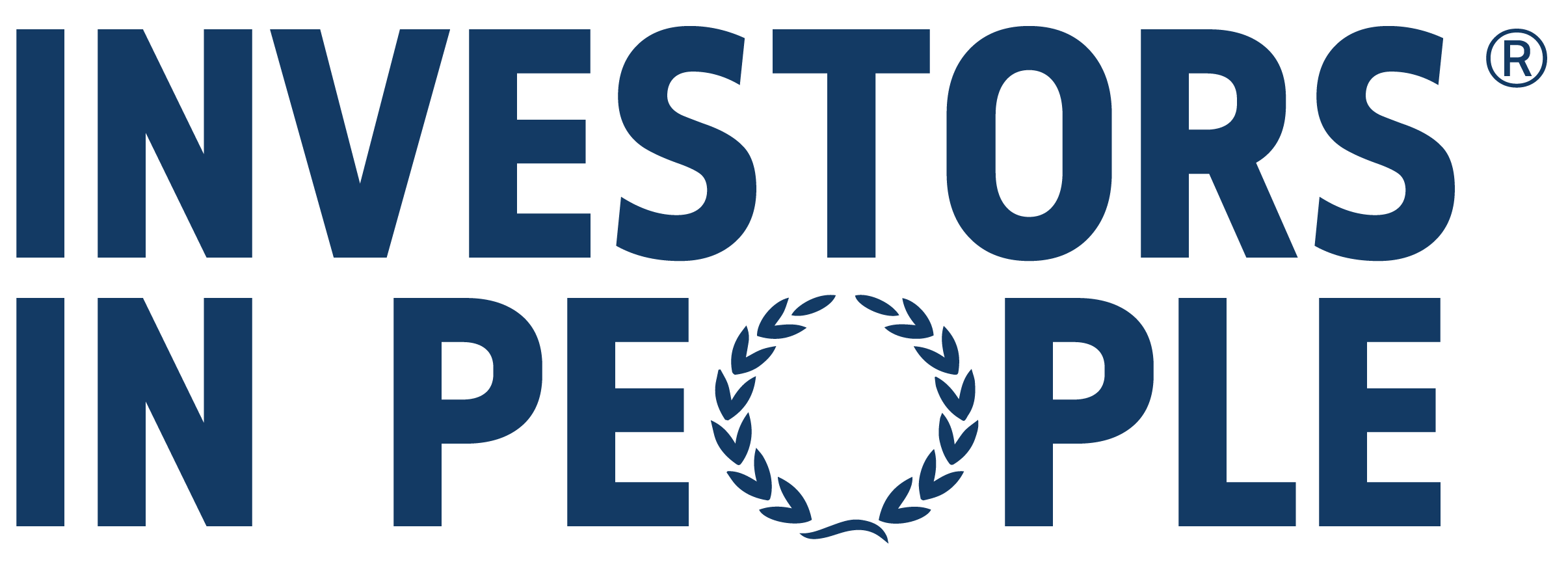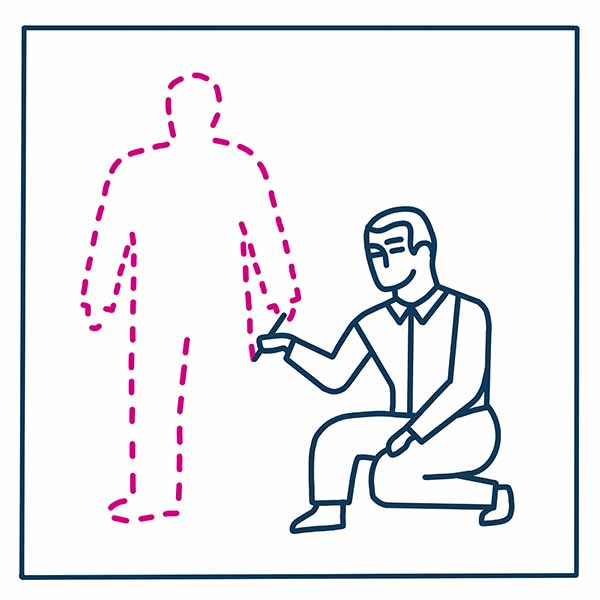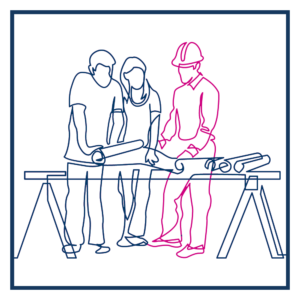An effective manager identifies the skills, behaviours and knowledge required for everyone to meet their objectives. The good news is that there are some simple, logical steps to take to do this. High performing teams are excellent at setting standards. The best leaders know that success hinges first on clarifying expectations.
How to set expectations
- First up, you need to set the objectives for people every level. From the organisation as a whole, down to the individual. Once that’s done, it’s a matter of identifying the skills, knowledge and behaviours that an employee will need in order to help meet those objectives.
- By defining their role in this way, it quickly becomes easier to tell where someone needs development. It’s just a matter of plotting what’s actually happening against what should be.
Make things clear
- Competency Statements can help make these expectations clearer. While a development plan may be the perfect way to chart progress, and match managers up with the resources to help them.
- By clearly establishing and communicating managers’ roles and expectations, you’re helping to ensure the organisation is fostering a more consistent management model. And once managers are displaying the desired knowledge and behaviour that will very quickly spread to their respective teams.
Example competencies and behaviours
When you write your job descriptions for individual roles, it’s helpful to think about the sorts of behaviours you are looking for in each employee, as well as the skills and knowledge needed to fill the role. But what is a behaviour? A behaviour is the external display, action or reaction relating to an idea, situation or a person. The list below should help you think about behaviours and how to build them into your job descriptions. Which ones best describe you?






